1. California: The Struggle of the Golden State
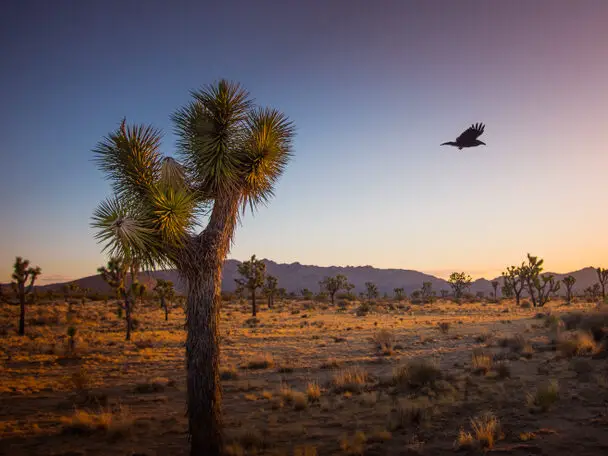
California’s environmental struggles are as vast as the state’s landscape, which includes towering forests, expansive deserts, and rich coastlines. However, the increasing pace of urbanization, coupled with extreme weather events and wildfires, is pushing many of the state’s ecosystems to the brink. In particular, the state has seen dramatic habitat destruction in areas like the Central Valley, which has been cleared for agriculture and urban sprawl. This has led to the displacement of countless species. Species like the California condor and the desert tortoise have seen their populations shrink as their habitats are cleared or disrupted. With droughts becoming more frequent and intense, wildlife dependent on California’s waterways, such as the steelhead trout and various fish species, is seeing their populations dwindle. According to CalMatters, the rapidly expanding housing markets in cities like Los Angeles and San Francisco have led to the fragmentation of critical habitats that serve as corridors for species movement, making it even more difficult for wildlife to thrive.
Yet, California continues to lead efforts in environmental conservation, though it faces substantial hurdles. The state has implemented various initiatives aimed at protecting endangered species, restoring habitats, and reducing greenhouse gas emissions. One of the most prominent is the California Habitat Conservation Plan, which works to mitigate the effects of urban sprawl on wildlife. Furthermore, organizations have rallied around climate change legislation that aims to make California the first state to reach carbon neutrality. But even with all of this progress, the challenges remain formidable. As wildfires worsen, with more than 2.5 million acres burned annually in recent years, and as more land is developed to accommodate the state’s growing population, the fight to protect California’s biodiversity is a constant balancing act. With its natural beauty at risk, the state must double down on conservation efforts to ensure that future generations can experience its iconic landscapes and species.
2. Texas: The Lone Star State Faces Habitat Loss
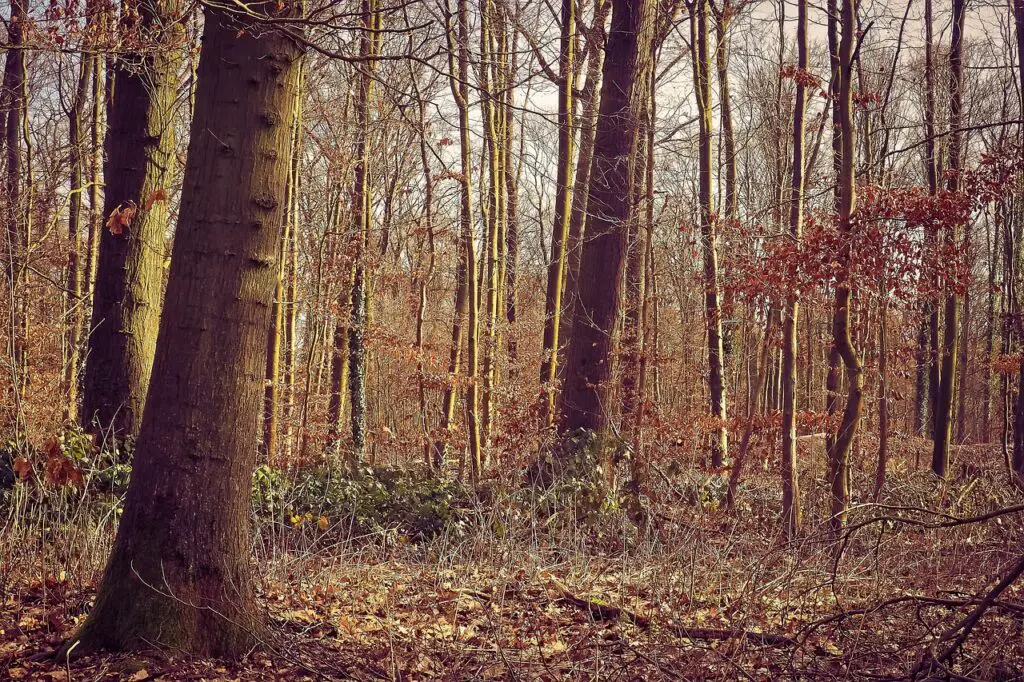
Texas is a state of vast contrasts—from its bustling urban cities to its expansive rural areas, from desert plains to dense pine forests. However, the state is facing rapid environmental degradation. The development of major cities such as Houston and Dallas has led to significant habitat loss, particularly in the Gulf Coast region, where wetlands are being drained for industrial development and housing. These wetlands serve as vital ecosystems, providing breeding grounds for species such as the whooping crane, but urban sprawl and oil extraction have rendered them increasingly scarce. Moreover, overgrazing, deforestation, and agricultural expansion have further eroded the natural habitats of many species in Texas, including the Texas horned lizard, a symbol of the state’s wildlife. The influx of invasive species, such as the fire ant, is another growing issue. These non-native species are not only competing with indigenous species for food and space, but they also pose significant threats to local ecosystems, such as predating on young birds or small mammals.
On the flip side, Texas is also home to numerous conservation organizations working to reverse some of the damage, though the state still faces considerable opposition when it comes to balancing environmental concerns with industrial and agricultural priorities. There have been some promising efforts, including large wildlife corridors to allow migration and conservation areas where native plant and animal species can thrive without human interference. The Texas Parks and Wildlife Department continues to provide significant funding for preservation programs, but these efforts often clash with the state’s industrial development. Moreover, climate change has added another layer of difficulty by exacerbating drought conditions, which further reduce available water for wildlife and agriculture. Water scarcity in key regions like the Texas Hill Country threatens not only the state’s flora and fauna but also the livelihoods of the people who depend on these natural resources. Texas stands at a crossroads, needing to strike a delicate balance between the expansion of urban and industrial spaces and the preservation of its unique wildlife and natural habitats.
3. Florida: The Vanishing Everglades
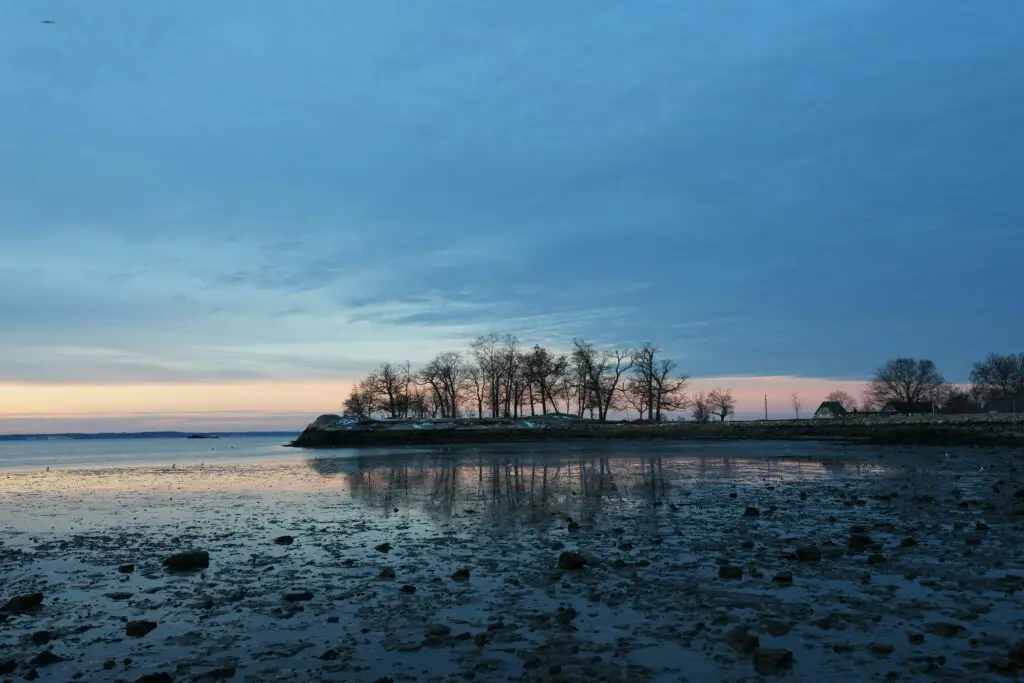
Florida, known for its sunny beaches and theme parks, is also home to the precious Everglades, a natural treasure that has been under siege for decades. The Everglades, which are often referred to as the “River of Grass,” have been severely impacted by urban development, agriculture, and water diversion projects that change the natural flow of water across the region, according to EverGlades Holiday Park. This has led to the loss of crucial wetlands that sustain a variety of species, including the endangered American crocodile and the West Indian manatee. As the wetlands continue to shrink, the habitats for many of these species are disappearing, pushing them further towards extinction. Additionally, the growing population in Florida puts immense pressure on the state’s natural resources. Areas that were once lush with mangroves and marshes are now urbanized, contributing to the deterioration of coastal ecosystems. The state’s coastline, which is home to numerous bird species and marine life, is also at risk due to rising sea levels caused by climate change. Saltwater intrusion into freshwater aquifers and the disappearance of beaches vital for sea turtles and shorebirds only add to the mounting environmental crisis.
While Florida has begun efforts to restore some of its natural systems, the task is monumental. The Comprehensive Everglades Restoration Plan (CERP) is one of the largest ecosystem restoration projects in the world, aiming to restore the natural flow of water through the region and protect both human and wildlife communities. The state has also launched initiatives to protect its coastal habitats, such as the Florida Forever program, which buys land for conservation. However, development continues to encroach on wildlife-rich areas. The state’s struggle underscores the broader challenge faced by many coastal areas where urbanization and climate change create a dual threat to both natural ecosystems and the species that depend on them. Florida’s future depends heavily on whether these conservation efforts can keep pace with the demands of its growing population and climate change impacts.
4. Louisiana: The Battle Against Coastal Erosion
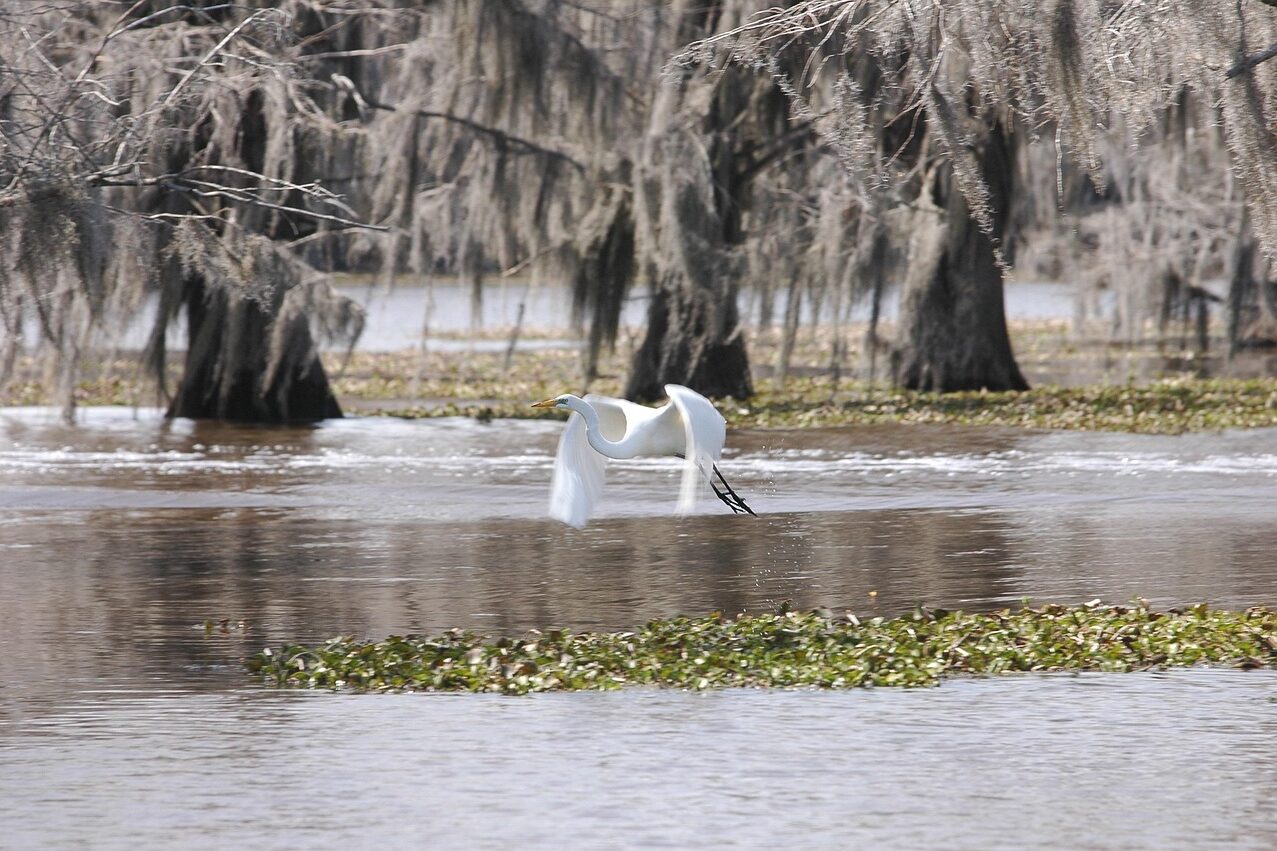
Louisiana’s rich wetlands, which serve as a critical buffer against hurricanes and a habitat for a diverse range of wildlife, are disappearing at an alarming rate. Coastal erosion has caused the loss of over 2,000 square miles of wetlands since the 1930s, largely due to human activities such as damming, levee construction, and oil drilling, according to NolaReady. This loss of wetlands threatens not only the unique wildlife that calls Louisiana home, such as the American alligator and the Louisiana black bear, but also the local communities that rely on these ecosystems for protection from storms. The loss of these natural barriers leaves the state more vulnerable to the impacts of hurricanes and rising sea levels. Additionally, the destruction of wetlands reduces the habitat for many fish species, birds, and other animals that rely on these fragile environments for survival.
In response to these challenges, Louisiana has undertaken ambitious coastal restoration projects, including the Coastal Master Plan, which aims to rebuild wetlands, restore natural hydrology, and rebuild the state’s natural barrier islands. Despite these efforts, Louisiana’s coastal ecosystems are under constant threat from industrial development, overfishing, and climate change. Rising sea levels due to global warming are also exacerbating the erosion problem, making it difficult to implement long-term solutions. The state’s unique coastal ecosystems are rapidly changing, and while restoration projects offer hope, the full scope of the damage requires continued commitment and resources to address. Louisiana’s fight against coastal erosion highlights the broader challenge of preserving ecosystems that are already on the brink of collapse due to both human impact and the accelerating effects of climate change.
5. Alaska: A Frozen Landscape Thawing Away
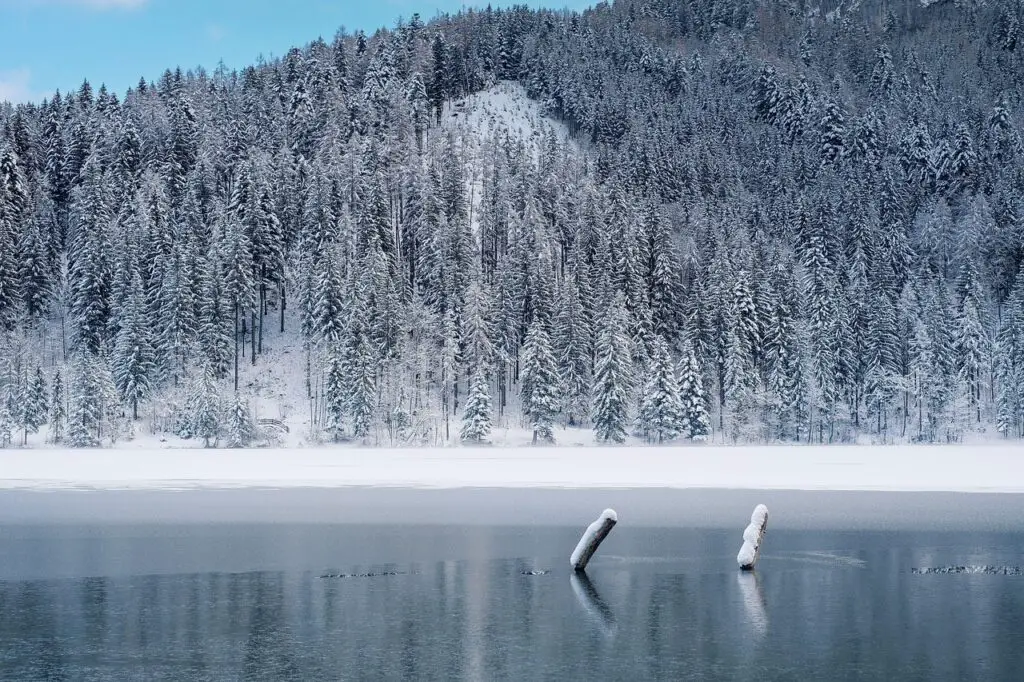
Alaska, known for its expansive wilderness, is facing dramatic changes due to climate change. Rising temperatures in the state are causing permafrost to melt, leading to the destabilization of ecosystems that have existed for thousands of years, according to the USDA Climate Hubs. This thawing process releases greenhouse gases that further contribute to global warming, creating a vicious cycle that is impacting both wildlife and the environment. Species like the polar bear and the caribou rely on the frozen landscapes for their survival, and as the ice melts, these animals are finding it increasingly difficult to hunt for food or migrate. Moreover, the state’s boreal forests, which are home to iconic species such as moose and wolves, are being altered by increasing wildfires and invasive species. Wildfires have become more frequent due to warmer temperatures and drier conditions, destroying vast swaths of forest and threatening the habitats of many species.
In response to these threats, Alaska has worked on various conservation and wildlife protection initiatives, including expanding protected areas and wildlife refuges. The state has also collaborated with federal agencies to monitor the impacts of climate change and develop strategies to reduce its effects on ecosystems. However, the challenge is immense. Alaska is experiencing some of the fastest warming in the world, which puts immense pressure on the state’s delicate ecosystems. Many species face an uncertain future unless immediate and substantial efforts are made to address climate change and preserve the state’s natural habitats. Alaska’s battle against climate change serves as a stark reminder of how quickly ecosystems can change when faced with rapid warming and how those changes ripple through the food chain.
6. Michigan: A State’s Battle with Wetland Degradation
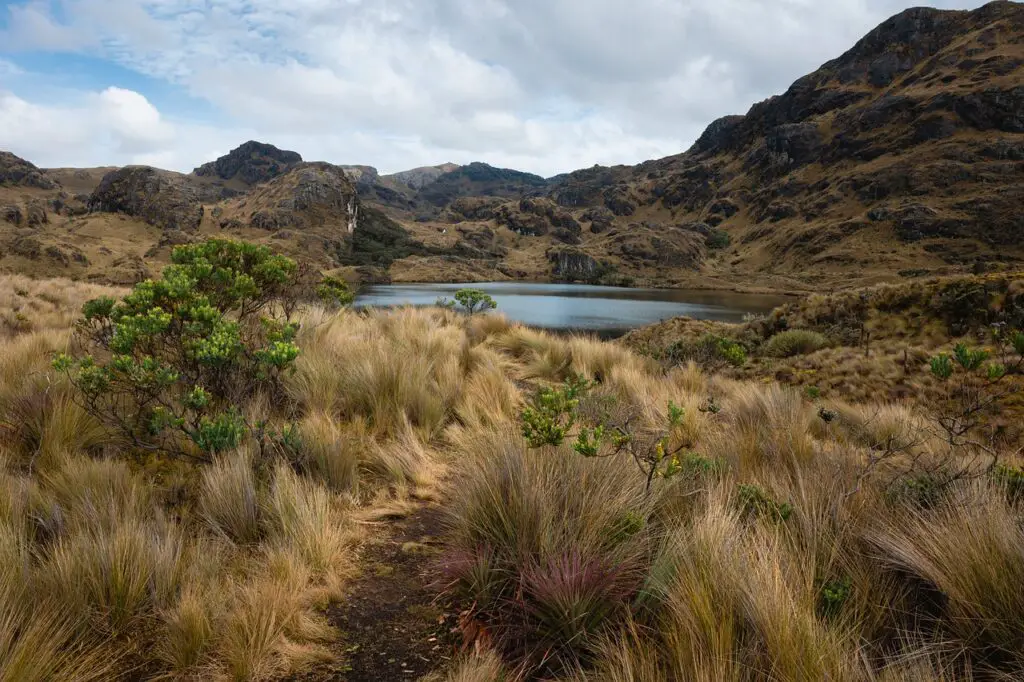
Michigan, often regarded as the Great Lakes state, is home to some of the most diverse ecosystems in the country, particularly in its wetlands. Unfortunately, these wetlands are rapidly disappearing due to industrial development, agricultural expansion, and urban sprawl. Wetlands are crucial for biodiversity as they serve as nurseries for various fish species, migratory birds, and amphibians. According to FLOW, the state has seen a significant loss of these critical habitats due to draining for farming and residential development. This destruction has not only contributed to the loss of native wildlife, such as the Eastern box turtle and the spotted turtle, but also increased the frequency and severity of floods since wetlands naturally act as sponges, absorbing excess water. As these areas vanish, so too do the habitats for hundreds of species, which are now forced to either relocate or face extinction.
However, Michigan is making efforts to reverse some of the damage through conservation and restoration projects. The state has invested heavily in initiatives aimed at preserving its wetlands and restoring areas that have been degraded. Programs like the Michigan Wetland Restoration Program focus on wetland mitigation, where developers are required to compensate for the wetlands they destroy by restoring or creating new wetlands elsewhere. Despite these efforts, Michigan’s fight to protect its natural landscapes faces hurdles, especially as climate change causes more frequent rainfall events, further eroding wetlands and other critical habitats. As the population grows and the demand for land continues to increase, Michigan’s wildlife faces an uncertain future unless continued action is taken to protect its dwindling ecosystems.
7. Arizona: The Desert Landscape at Risk
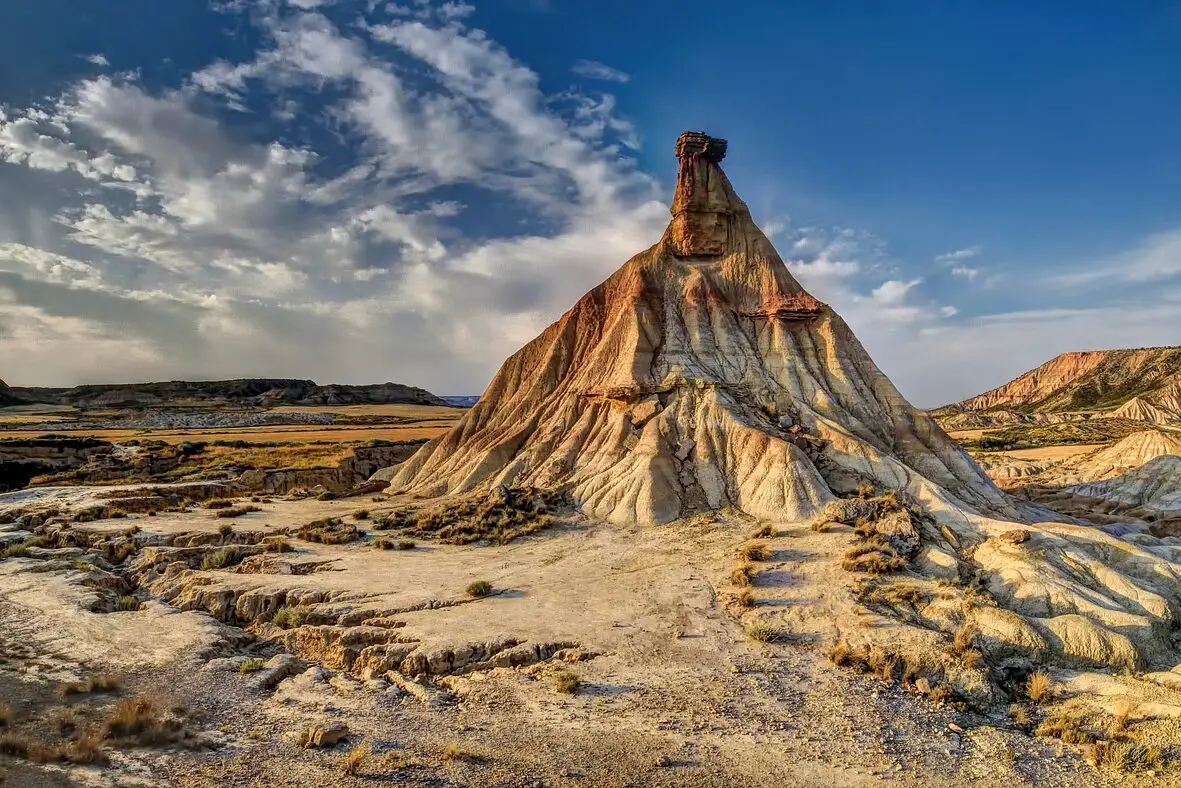
Arizona, known for its striking desert landscapes and majestic mountains, is facing significant environmental challenges. The desert ecosystems that make the state unique are increasingly threatened by urban sprawl, climate change, and water scarcity. Species such as the desert bighorn sheep and the Sonoran pronghorn depend on the arid terrain, but human activities are putting immense pressure on these fragile habitats. As cities like Phoenix continue to expand, more land is being developed, pushing wildlife into smaller and more fragmented areas. The increasing use of water resources for agriculture and population growth has led to a dramatic reduction in water sources for both wildlife and local communities. Rivers and streams, once vital to desert ecosystems, are drying up, leaving animals with limited access to drinking water. As the region faces hotter temperatures due to climate change, droughts are becoming more frequent, exacerbating the already dire situation for many species.
Nevertheless, Arizona has initiated conservation projects aimed at mitigating these threats. The state has invested in wildlife corridors to ensure that animals can move between fragmented habitats, reducing the risk of inbreeding and helping species to find resources. Additionally, organizations like the Arizona Game and Fish Department have worked on restoring habitats for endangered species, including the Mexican gray wolf and the southwestern willow flycatcher. Despite these efforts, Arizona’s wildlife faces considerable challenges as urbanization, climate change, and limited water resources continue to push the state’s ecosystems to their breaking point. For Arizona to secure the future of its wildlife, it must find a balance between development and conservation while addressing the ongoing issue of climate change.
8. North Carolina: The Impact of Coastal Development and Agriculture
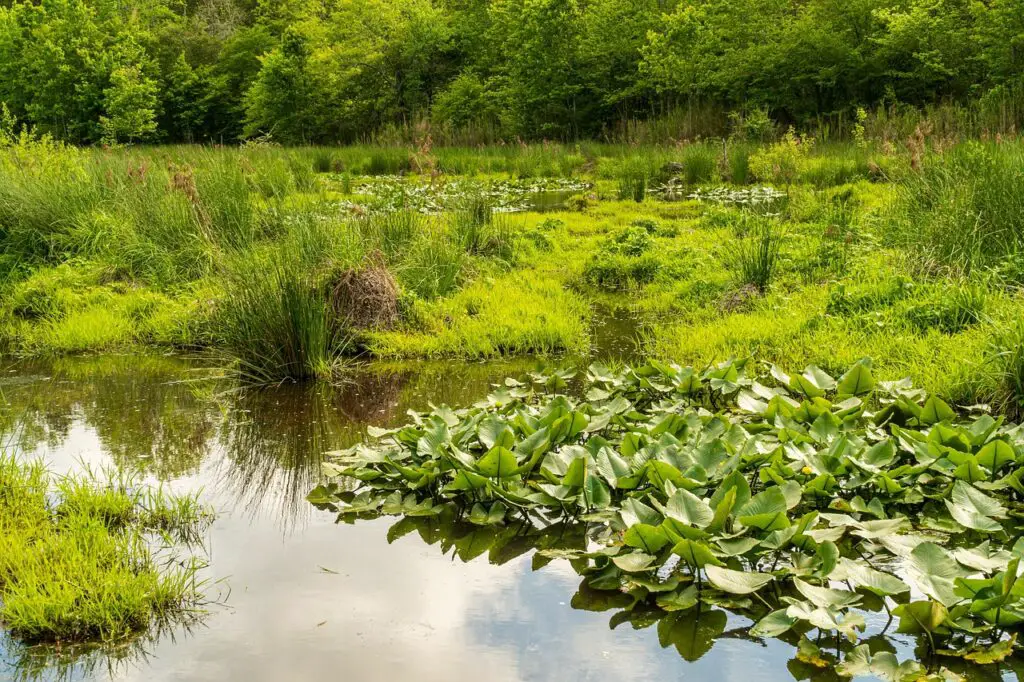
North Carolina, with its diverse landscapes ranging from mountains to beaches, is facing rapid changes in its wildlife and natural areas. The state’s coastal regions, in particular, are seeing the loss of critical habitats due to coastal development, rising sea levels, and agricultural runoff. Species such as the red-cockaded woodpecker and the loggerhead sea turtle depend on specific habitats that are being rapidly eroded or altered by human activities. Coastal marshes and wetlands, which provide vital nesting and breeding grounds, are being drained for development and agriculture. At the same time, pollution from agricultural runoff, including fertilizers and pesticides, has degraded water quality, making it more difficult for fish and other aquatic species to thrive. The state’s Outer Banks, a coastal paradise, are also at risk due to rising sea levels caused by climate change, threatening the homes of wildlife such as shorebirds and sea turtles.
North Carolina is working to address these challenges through a variety of conservation efforts. The state has expanded its protected areas and worked with private landowners to preserve crucial habitats. Programs like the North Carolina Conservation Program offer incentives to landowners who agree to preserve their land in its natural state. The state also collaborates with federal agencies to restore damaged wetlands and coastal ecosystems. However, these efforts are often hindered by the pressures of rapid population growth and economic development, which continue to encroach on the state’s remaining natural areas. As climate change accelerates, North Carolina’s coastal regions and wildlife face an increasingly uncertain future, making it critical for the state to prioritize conservation efforts to maintain its biodiversity.
9. Oregon: The Pressure on Forests and Marine Life
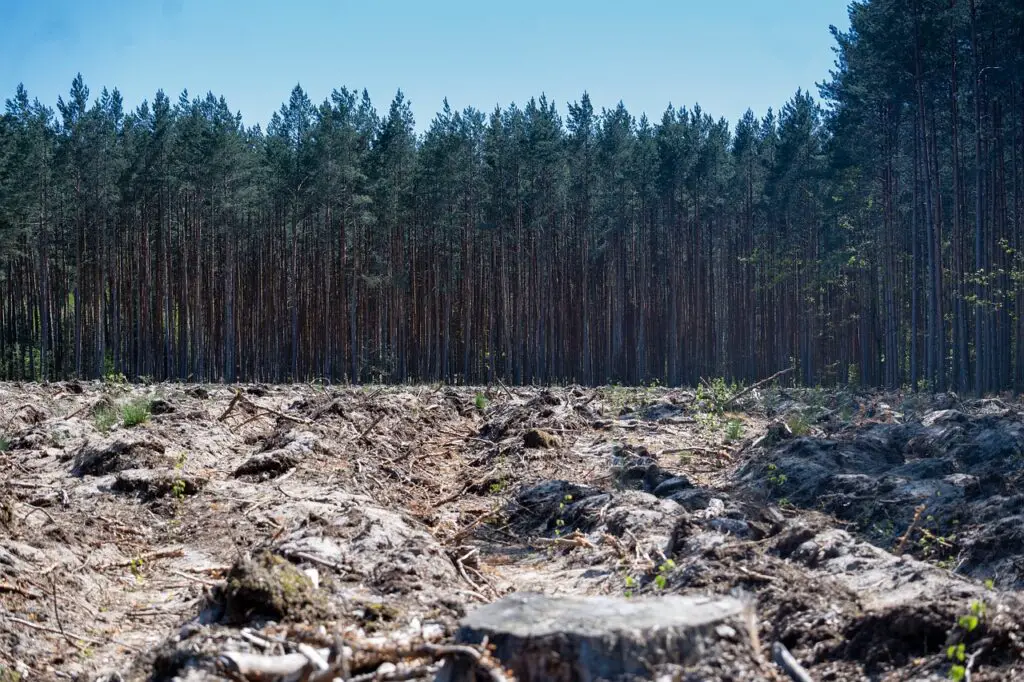
Oregon’s lush forests, rugged coastlines, and fertile valleys make it a treasure trove of biodiversity, but the state’s natural resources are under threat. The expansion of logging, development, and agriculture has led to habitat loss, particularly for species that rely on the state’s dense forests and pristine rivers. The northern spotted owl, a bird synonymous with Oregon’s forested landscapes, has seen its population plummet due to logging practices that destroy its habitat. Additionally, Oregon’s coastal ecosystems are under pressure from overfishing, pollution, and habitat destruction. Species like the Chinook salmon, which is crucial to both the ecosystem and local economy, are facing population declines as rivers and streams become increasingly polluted or altered by dams and development. While Oregon has taken steps to protect its environment through land use laws and sustainability efforts, these actions often collide with economic priorities such as timber harvesting and real estate development, leading to difficult debates about the best way to balance nature and industry.
In response, Oregon has implemented a variety of conservation programs designed to preserve its iconic forests and rivers. The state’s forest protection laws have led to a decrease in large-scale logging, and efforts to restore salmon habitats through dam removal have gained momentum in recent years. The Oregon Marine Reserve Program is another effort aimed at preserving the state’s coastal ecosystems and protecting marine species from overfishing and habitat loss. Despite these advances, Oregon faces significant challenges as the demand for land, resources, and development continues to grow. Climate change is another looming threat, particularly with its potential to increase the frequency of wildfires, droughts, and coastal erosion. As the state strives to maintain its natural beauty, it must find innovative ways to ensure the health of its wildlife and ecosystems in the face of ongoing pressure.
10. Montana: The Struggle to Preserve Big Sky Country
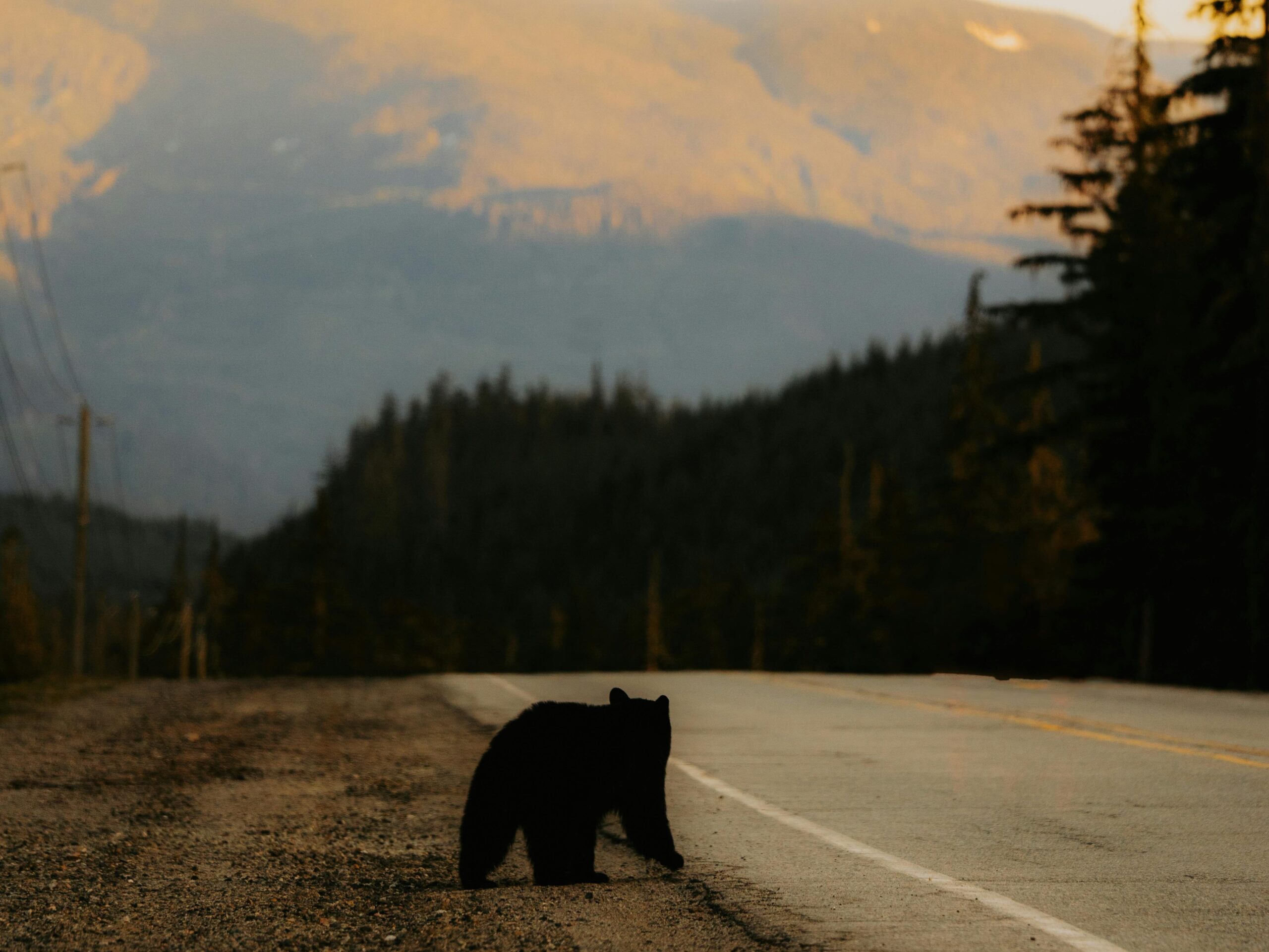
Montana, often referred to as “Big Sky Country,” is a state celebrated for its expansive prairies, rugged mountains, and pristine wilderness areas. However, even this remote and sparsely populated state is not immune to the forces that threaten natural ecosystems. The state’s wildlife, including iconic species like the grizzly bear and the gray wolf, is under increasing pressure from habitat loss, climate change, and human encroachment. As development continues to expand, especially in regions near the Yellowstone National Park, wildlife corridors are being fragmented, leaving animals with fewer places to roam and fewer opportunities to find food or mates. The growing presence of ranching and farming also contributes to habitat degradation, as well as pollution from pesticides and herbicides that affect the water quality in Montana’s rivers and streams. Climate change is exacerbating these threats by making the state hotter and drier, putting additional stress on both wildlife and vegetation.
In response to these challenges, Montana has taken steps to protect its natural resources and wildlife. The state has established a network of protected areas, including state parks and wildlife refuges, which provide a sanctuary for species in danger of losing their habitat. Additionally, conservationists have worked to restore critical habitats for species such as the bison and the elk, focusing on reintroducing native plants and improving water management. While these efforts have made some progress, they are often met with resistance from industries that rely on the land for agriculture and development. Furthermore, the impacts of climate change are expected to continue, further disrupting the delicate balance of Montana’s ecosystems. If Montana is to protect its wildlife and natural beauty for future generations, it will need to prioritize conservation while navigating the demands of economic growth and climate change.
11. South Dakota: A State Losing Its Prairies
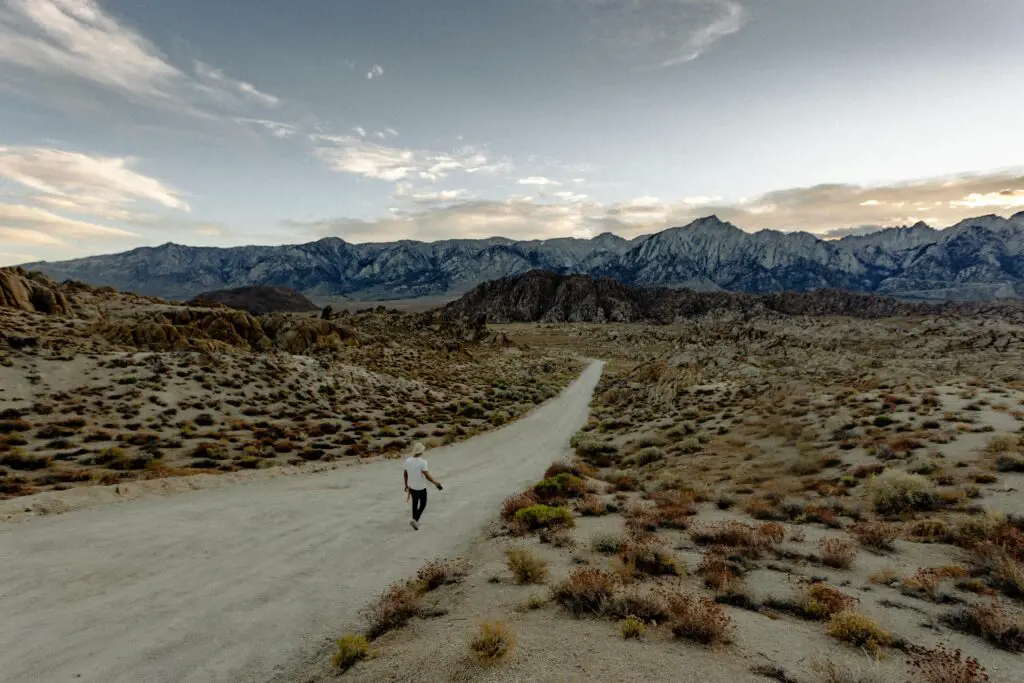
South Dakota’s vast prairies, home to species like the pronghorn antelope and the prairie chicken, are slowly disappearing due to the encroachment of agriculture, urbanization, and invasive species. These grasslands, once teeming with biodiversity, are being converted into farmland at an alarming rate, reducing the habitat for numerous plant and animal species that rely on open spaces. Invasive species, such as the red cedar tree, are also taking over once-pristine grasslands, further altering the ecosystem. These changes are not only threatening wildlife but also diminishing the state’s natural heritage. As prairie habitats shrink, many animals are forced to migrate to smaller, fragmented patches of land, which can lead to inbreeding and decreased genetic diversity. Climate change is also exacerbating the situation, as hotter and drier conditions make it more difficult for native grasses and plants to survive, leaving the land vulnerable to erosion and desertification.
Efforts to protect South Dakota’s remaining prairies have been underway for years, with conservationists working to preserve these vital ecosystems. Programs aimed at restoring native grasses, controlling invasive species, and establishing wildlife corridors have made some progress, but the threats remain significant. South Dakota also has a number of state parks and protected areas, such as Custer State Park, which provide sanctuary for wildlife and help to conserve the state’s natural beauty. Despite these efforts, the pressure from agricultural expansion and development continues to pose a significant threat to the prairies. South Dakota’s ability to safeguard its wildlife will depend on its commitment to balancing land use with preservation efforts while addressing the broader challenges posed by climate change and the growing demands of industry.
12. Nebraska: The Battle to Protect Grasslands and Wetlands
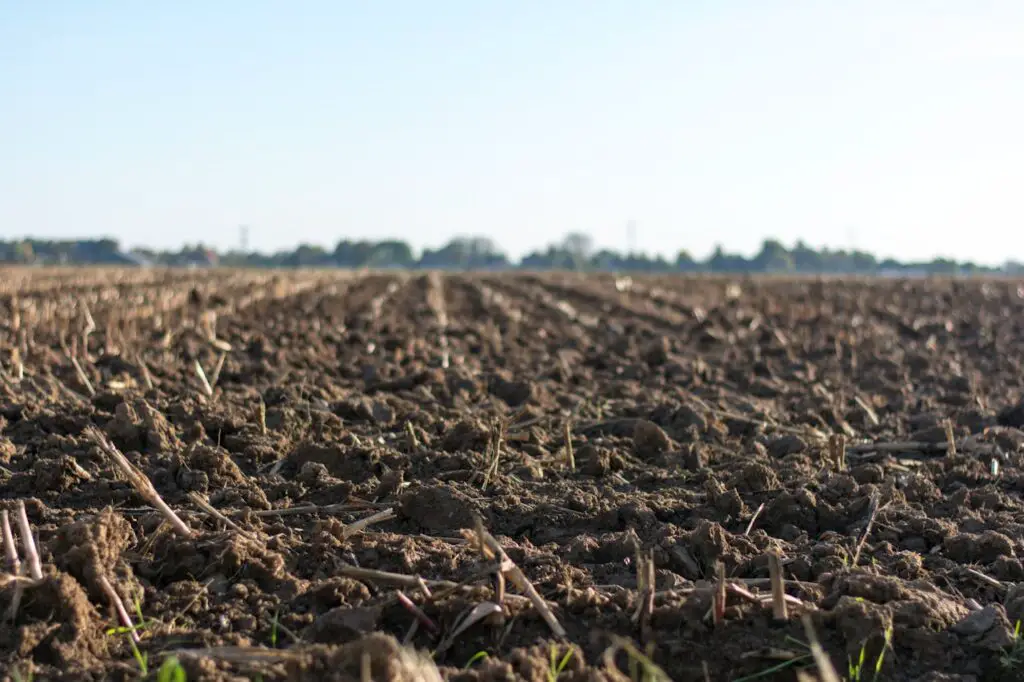
Nebraska, like many Great Plains states, is grappling with the loss of its natural habitats due to agriculture and development. The state’s grasslands and wetlands, which are home to species like the Sandhill crane and the Plains bison, are rapidly disappearing as more land is converted for farming and ranching. These grasslands are not only important for wildlife but also play a crucial role in maintaining soil health and preventing erosion. The draining of wetlands for agricultural use has led to the loss of important breeding and feeding grounds for migratory birds, particularly in the central part of the state. Additionally, the use of pesticides and herbicides on crops has contaminated water sources, affecting aquatic species like fish and amphibians. The challenge for Nebraska is to protect its remaining natural spaces while accommodating its growing agricultural industry, which is one of the largest in the nation.
Despite these challenges, Nebraska has made strides in conservation through programs such as the Nebraska Game and Parks Commission and the Nebraska Land Trust, which focus on preserving critical habitats for wildlife. The state has also worked to restore wetlands and grasslands, providing refuge for migratory birds and other species. However, the growing pressure from agricultural interests and the continued expansion of urban areas threaten to undo these efforts. Nebraska must continue to find ways to balance its agricultural needs with the preservation of its unique ecosystems, ensuring that future generations can experience the diverse wildlife that once roamed its prairies and wetlands. The state’s commitment to preserving its natural resources will be critical as it faces the dual challenges of development and climate change.


